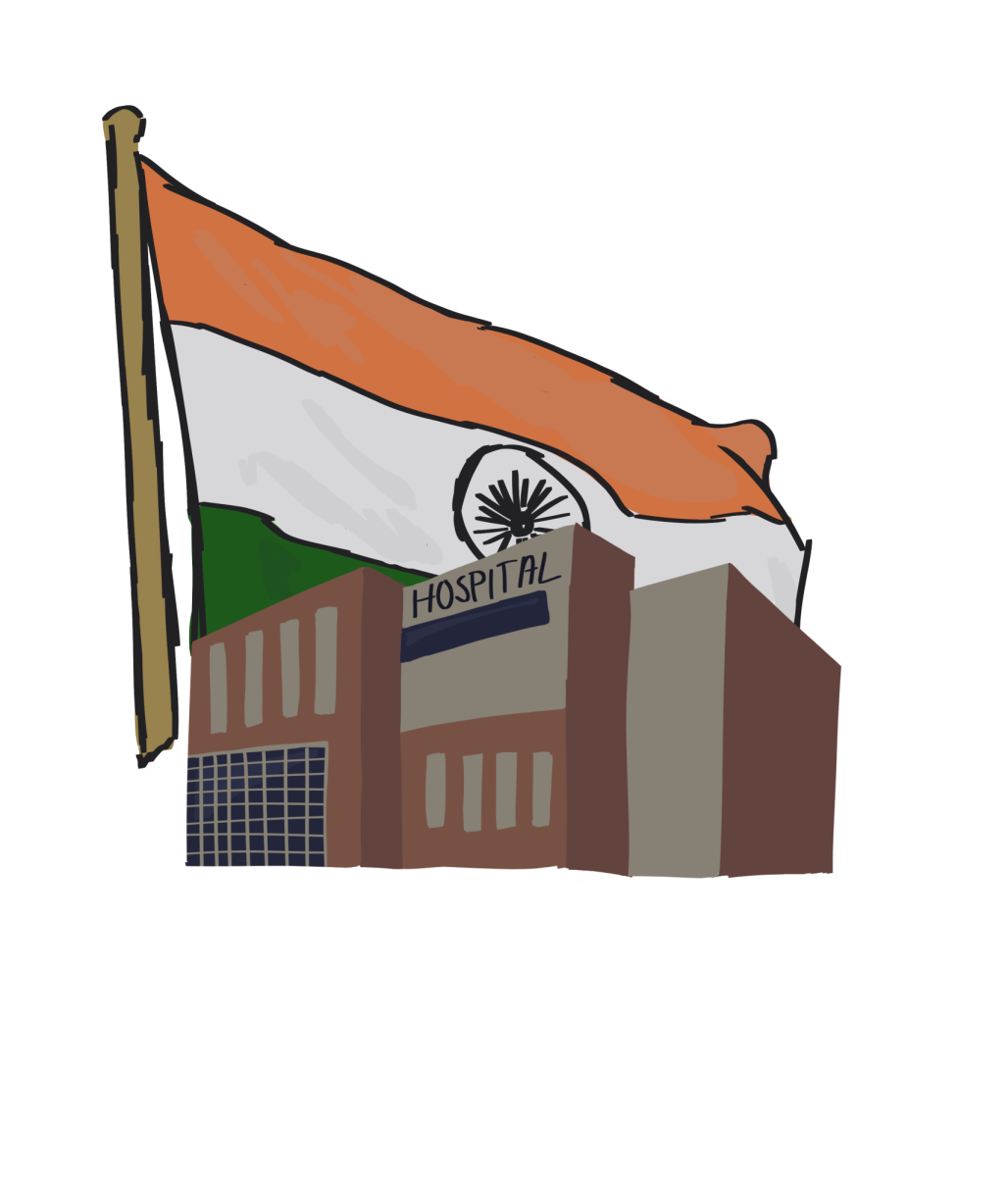We view our hospitals as palaces of safety; our doctors reign as the kings who command with an equitable hand, and there is security in knowing that our illnesses are treatable by experienced individuals. Unfortunately, the notion of taking pride in a country’s healthcare system is but a rare phenomenon for many. Specifically, India is struggling to provide even the basic services to those in need as hospitals slump under an overwhelming population of patients. Corruption, bribery, and above all, a view that patients are merely outlets to make a profit has dampened the otherwise ground-breaking progress of this country in its science and technology sectors. Having lost two grandparents who would otherwise be healthy to the immoral practices that run rampant in India’s healthcare system, I believe that there must be a change;this change can only begin when the corruption of this healthcare system is realized.
Corruption has taken root in systems almost as a tradition; acting as a pervasive force in societies. What is surprising though, is that India’s corruption in the healthcare system does not begin with the doctors, but rather in the institutions that create them: medical schools. The article “Are India’s Medical Schools Broken”, discusses that many students gain admission to medical schools by “paying bribes-often in the guise of donations”, a practice in India so common that one out of every six of the country’s three hundred ninety-eight medical schools has been involved with it. More concerning are the deceitful tactics that these schools employ to pass the monthly government inspections. Luring in villagers by endorsing that “check-ups would be free”, and forcing them to pose as sick patients, these hospitals, especially college-run healthcare facilities, not only fail the patients who expect to receive care but also disregard the integrity that comes with creating a generation of reliable doctors (Miglani et al., 2015).
Alvin Powell, the author of The Harvard Gazette article discussing this issue asserts that these underqualified doctors go on to work in India’s public or private health sector. Issues such as poor infrastructure, chronic overcrowding, and poor healthcare facilities have caused India’s residents to “view the current publicly funded system as so bad that even the poorest of India would rather pay out-of pocket for private providers”.Even the private sector has a plethora of problems: diagnosing minor ailments as major ones, sending patients into debt, and not offering adequate treatment to those who desperately need it is a modest list of atrocities.
It is true that we do not realize the harms of a system until we are subject to them. Seeing my grandfathers pass away due to errors made by unqualified staff and mismanagement of the hospital has made me want to challenge this system’s structured corruption that leaves innocent patients at the mercy of these profit-hungry hospitals. As a country known for its rich history and culture, the vibrance of India should be magnified by its healthcare system where hospitals could serve as pillars of safety for citizens to lean on; this should not be a daydream for the millions of India, but rather a reality in which they can thrive.
Works Cited
Danigod , Ashvini. “5 Reasons Why India’s Healthcare System Is Struggling.” BusinessLine, The Hindu , 28 May 2021, www.thehindubusinessline.com/news/national/5-reasons-why-indias-healthcare-system-is-struggling/article34665535.ece.
Powell, Alvin. “What’s the Future for Health Care in India?” Harvard Gazette, Harvard Gazette, 6 Feb. 2021, news.harvard.edu/gazette/story/2021/02/whats-the-future-for-healthcare-in-india/.
Sheth, Varun. “5 Reasons India’s ‘missing Middle’ Is Struggling to Access Quality Healthcare.” Times of India Blog, Times of India , 14 Aug. 2022, timesofindia.indiatimes.com/blogs/voices/5-reasons-indias-missing-middle-is-struggling-to-access-quality-healthcare/?source=app&frmapp=yes.






































